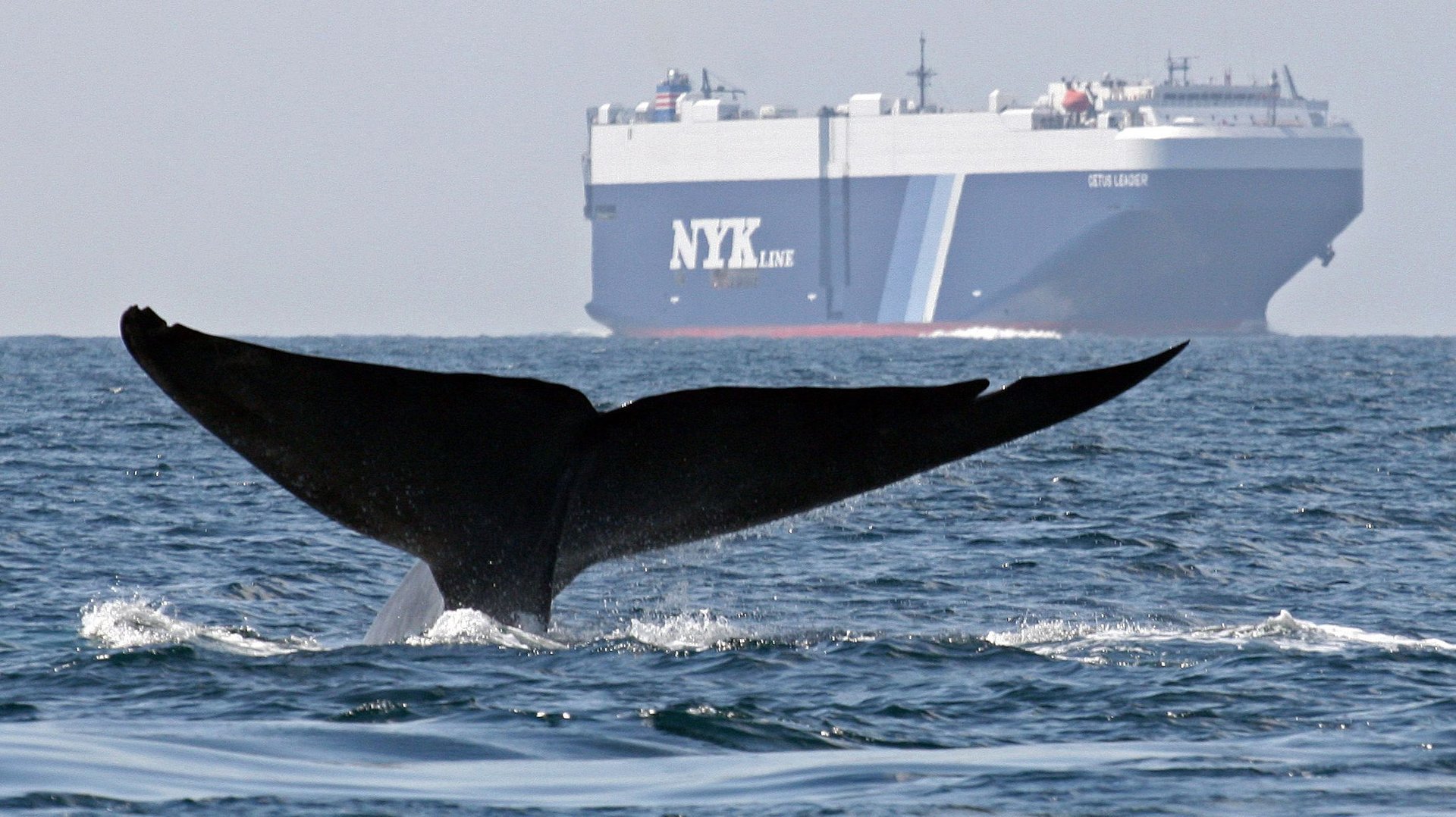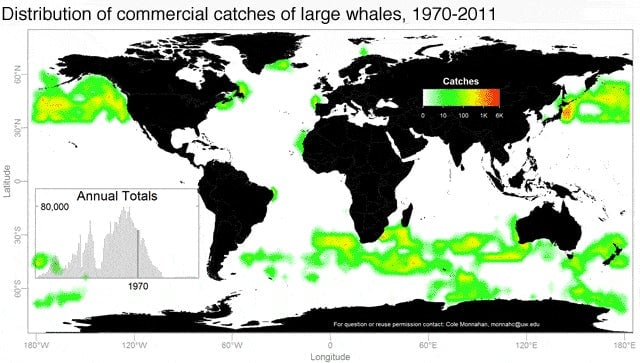Blue whale numbers off the US west coast are back where they were when we started hunting them
Finally, some good news about the ocean. After commercial whaling decimated their populations in the first half of the last century, blue whale numbers off the US west coast have at last recovered, according to just-published research. The study’s surprising findings mean the eastern North Pacific blue whale population is the first of its species to bounce back from commercial whaling, suggesting that it’s possible to heal ocean ecosystems from past destruction.


Finally, some good news about the ocean. After commercial whaling decimated their populations in the first half of the last century, blue whale numbers off the US west coast have at last recovered, according to just-published research. The study’s surprising findings mean the eastern North Pacific blue whale population is the first of its species to bounce back from commercial whaling, suggesting that it’s possible to heal ocean ecosystems from past destruction.
Though it’s the biggest animal in the history of the planet—almost as long as a Boeing 737, blue whales weigh on average 70 tons (64 tonnes)—they’re too swift to be easily caught. Until the 1900s, whalemen focused on smaller, slower species, like sperm or humpback whales to support demand for whale oil.
However, the blue whale’s heft also means it’s an unusually economical quarry, since a single whale yields huge sums of oil. So as diesel power upped the speed of hunting vessels in the early 1900s and as other species’ numbers dwindled, the industry began targeting blue whales—so aggressively that, by 1971, when commercial killing of blue whales officially ended, they had been hunted to the brink of extinction.

Blue whales killed in the eastern North Pacific peaked in the late 1920s, as you can see in the chart below, from a study published earlier this year by Cole C. Monnahan and Trevor A. Branch, two of the authors of the current study. Kills picked up again in the 1950s and 1960s as Soviet ships began targeting blue whales, though it’s difficult to estimate how many were killed since the USSR didn’t report these catches to the International Whaling Commission.

What happened to blue whale populations after 1971 has been something of a mystery. Scientists have long thought that the species, which is listed as “endangered,” was struggling to recover. However, since whales are hard to count, it’s been hard to tell. Many have worried that fatal ship collisions were preventing blue whale numbers from rebounding.
That’s probably not the case, though. To calculate population trends, scientists at the University of Washington modeled historical hunting data, vessel numbers, and ship strikes. The current population, they found, now numbers 2,200—about 97% of the number of blue whales that the eastern North Pacific’s ecosystem can support. In other words, their populations stopped growing because they’d hit their natural environment’s upper limit.
Their findings also suggest that around 11 blue whales a year die when they’re hit by ships, a rate that is probably not threatening the health of the overall population. However, since ship strike fatalities vary from year to year and are often unobserved and undocumented, some scientists advise that precautionary shipping lane rules are still in order, reports Nature. In addition, other populations of whales commonly struck by ships are still endangered.